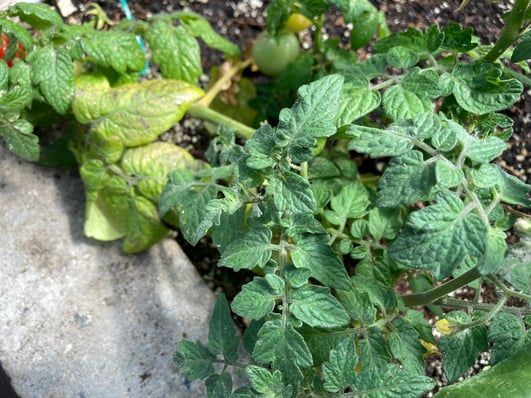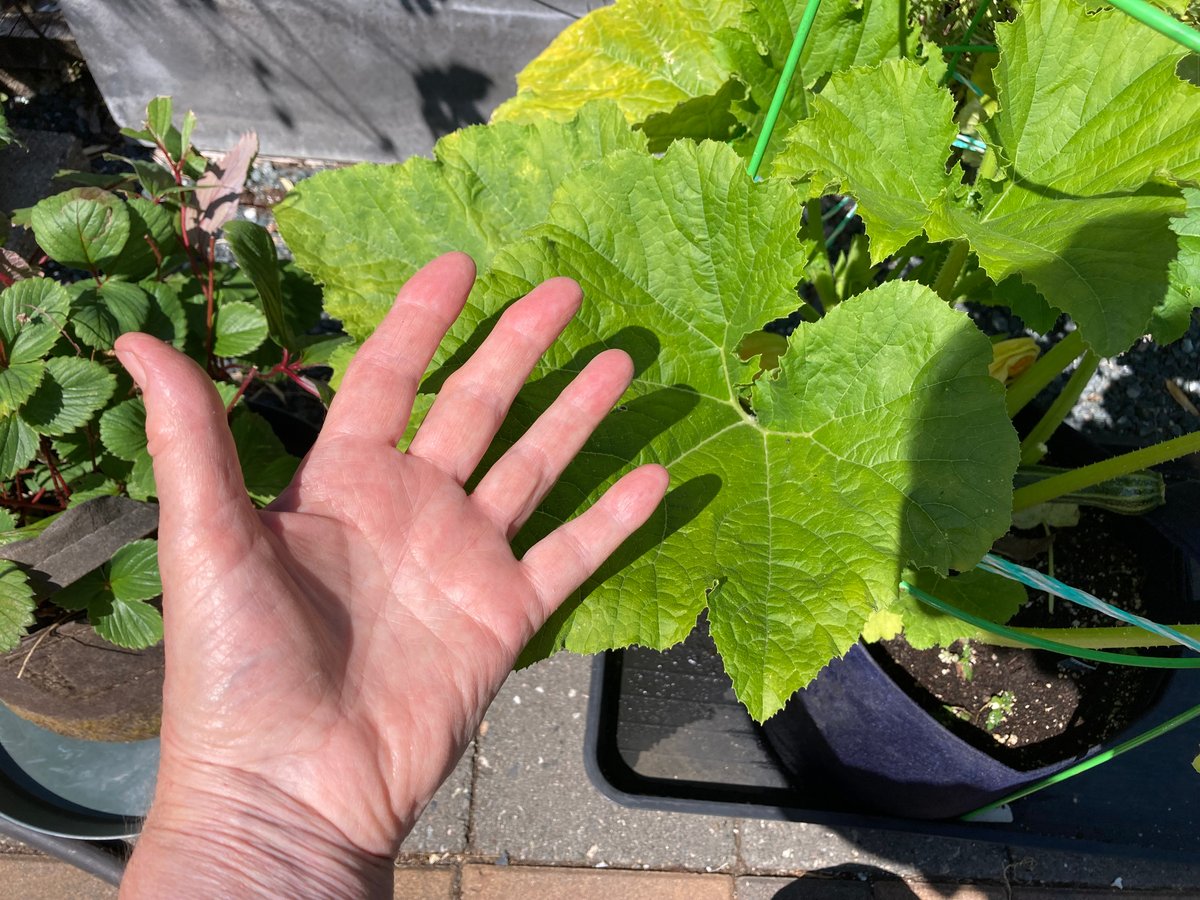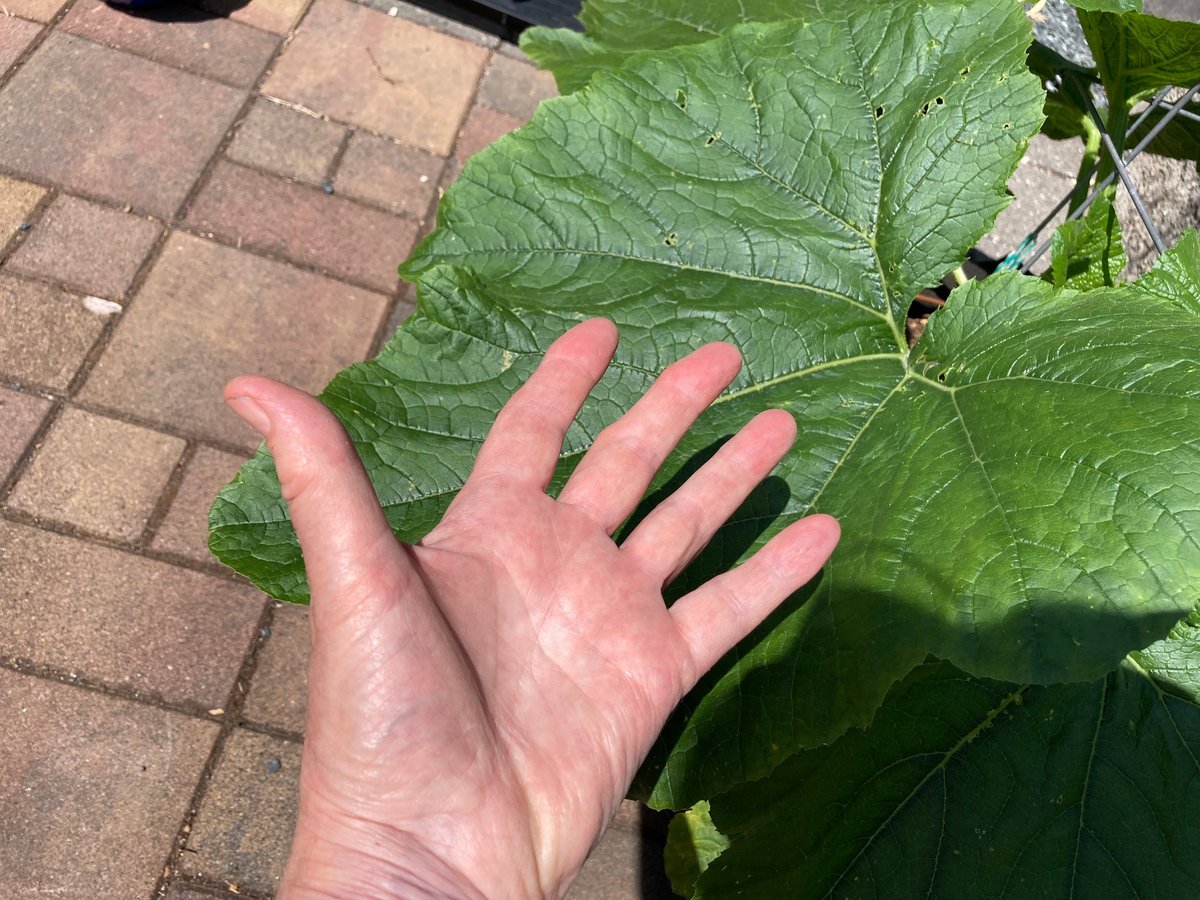Recognize the Signs of Plant Stress
Quick Answer:
How do I revive my plants and know if they need fertilizer? Yellowing leaves, pale color, and stunted growth are common signs of nutrient deficiencies—especially nitrogen and sulfur—while shiny, vibrant leaves indicate a well-fed, thriving plant. Are compost, worm tea, and manure enough to fertilize greenhouse plants? Though compost, worm castings, and manures improve soil texture and microbial health, they lack essential nutrients and should be paired with a balanced fertilizer for full plant recovery. What other issues might be stressing your greenhouse plants? Inconsistent watering, pest infestations like scale, or high pH levels can also cause symptoms of stress; identifying the root cause and responding with steady care, micronutrients, and natural pest control helps restore plant vitality and resilience.
This summer, I returned from a long-distance move to find my greenhouse plants crying out for help—wilted leaves, dry tips, and pale color. Turns out my house sitters were a little too cautious with watering and fertilizer. Now that I’m back, I’m coaxing everything back to life, and the transformation has been remarkable.
If your plants are looking pale, yellowing, or sluggish, chances are they’re craving nutrients. Especially in a greenhouse, where fast growth demands extra support, fertilizer is essential.
 When I returned from my trip, the whole plant was pale. After fertilizing the new leaves on the right are green and shiny. This indicates they are perfectly healthy now.
When I returned from my trip, the whole plant was pale. After fertilizing the new leaves on the right are green and shiny. This indicates they are perfectly healthy now.
Why Greenhouse Plants Need More Fertilizer
Unlike rich, natural soil, greenhouse soil mixes often lack the nutrients plants need for vigorous growth. Yes, plants make their own energy through sunlight, but they still need the building blocks—nitrogen, phosphorus, potassium, and more—from fertilizer to develop lush leaves and abundant blooms.
Think of fertilizer like food for your plants. When they’re well-fed, they grow stronger, bush out, bloom more, and resist stress better. It’s all about helping them reach peak condition.
Common Fertilizer Misconceptions (And What They Really Mean)
I often hear growers say:
- "I've added compost, but my plants are still struggling."
- "my strawberries have brown tips, even with manure."
- "Tomato fruits are black at the bottom—what gives?"
- "My lemon tree's leaves are pale."
Let’s look at what’s really going on.
Understanding the Role of Worm Tea in Plant Nutrition
Worm tea is the liquid that drains from worm compost, and worm castings (also called vermi-compost) are the solid result of worms breaking down organic matter. Both are great for boosting soil life and structure—but they aren’t complete fertilizers.
Castings add fiber, organic matter, and beneficial microbes. They support healthy soil, but they’re low in nutrients. If you rely only on worm tea or castings, your fast-growing plants won’t get the nutrition they need.
Use worm products as a supplement—not a substitute—for a balanced fertilizer.
Composted Manure: The Good, the Bad, and the Caution Flags
Composted manure can improve soil structure and support growth, but it’s low in nutrients—much like worm castings. The bigger issue? Some manure, like steer manure, may contain herbicide residues such as Clopyralid. This chemical, used to kill weeds like thistle, can linger in compost and cause curling leaves, twisted stems, and flower distortion in sensitive crops like peas, tomatoes, and sunflowers.
Clopyralid is problematic even in tiny amounts—measured in parts per billion—and can remain active in soil for up to 20 years. You could send your compost for lab testing, but most gardeners won’t. A simpler approach is to plant a “test crop” from a sensitive family and watch for damage.
Other common issues with composted manures include browning leaf tips, dry soil, and nitrogen deficiencies. If you do choose to use manure, add it to your compost pile first. Once it’s fully broken down, incorporate it into your garden soil—then follow up with a balanced fertilizer to support plant health.
What Yellowing Leaves Are Telling You About Nutrient Needs
Plants need nitrogen—a lot of it. It’s a major part of every cell and what gives leaves their healthy green color. When plants don’t get enough, you’ll see the first signs in their lower leaves: yellowing, smaller size, and a dull appearance. That’s because nitrogen is mobile, and the plant will send what little it has to new growth up top.


After adding nitrogen and sulfur to my soil, the garden started to lose its yellowing and was thriving again.
I had one plant with pale, undersized leaves until I added nitrogen and sulfur. Within days, the garden started to bounce back. Sometimes, sulfur also plays a role in greening, so a mix of both can help if things still look off.
Small or pale leaves? Think deficiency. Oversized, floppy leaves? Maybe too much nitrogen. I’ve seen firsthand how a zucchini in a small pot needed more nitrogen than the same plant in a bigger one—likely due to the difficulty of keeping nutrients and moisture steady in tight quarters.
Start with a nitrogen-rich fertilizer to correct deficiencies, and fine-tune your approach from there.
Solving Blossom End Rot: More Than Just Calcium
When the bottom of a tomato turns black and sunken, you’re likely seeing blossom end rot. Calcium deficiency is often blamed, and while it plays a role, inconsistent watering is usually the real issue. Even with calcium in the soil, tomatoes can’t absorb it properly if watering is uneven.
I don’t rely on specialized fertilizers—I look for a balanced one that includes micronutrients like calcium, zinc, and more. But even then, if you miss a few days of watering—as I did during a recent trip—blossom end rot can still show up.
The key is consistency. A steady supply of water helps your plants access the nutrients they need, when they need them.
Why Your Lemon Tree Might Be Pale and Sticky
Pale leaves across your lemon tree might point to a nitrogen or sulfur deficiency—but that’s not always the full story. A gardener recently dropped off a sticky, pale-leafed lemon tree, convinced it just needed fertilizer. But a closer look revealed the real problem: scale insects.
I hosed the plant down to knock off the crawling pests, pruned it back to shape, and followed up with a micronutrient-rich fertilizer. Since the tree wasn’t blooming, I also misted it with a bloom-boosting foliar spray for an extra kick.
The leaves were also showing interveinal chlorosis—yellowing between the veins—a sign of micronutrient deficiency often tied to high pH water. In those cases, look for fertilizers with chelated nutrients like iron, manganese, and sulfur. And don’t underestimate the power of kelp-based additives to bring plant cells back to life.
Sometimes pale leaves mean a lack of nutrients. Sometimes, it’s pests. Either way, a closer look will always point you in the right direction.
PS: If your lemon tree is small, move it outside for summer. Wasps are naturally drawn to the sticky residue left by scale and will help clear up the
Skip the Sprays: Better Ways to Handle Garden Pests
I remember my neighbor proudly telling me she’d sprayed her birch tree and solved the bug problem. When I looked closer, I saw what she didn’t: the millions of tiny black bugs she’d killed were actually immature lady beetles—aphid eaters doing their job.
Sprays, even the “natural” ones like neem oil or insecticidal soap, kill both the good bugs and the bad. Instead of reaching for a product, I recommend using a strong stream of water to rinse pests off. This works especially well on lemons, which are prone to spider mites, scale, and other pests when stressed.
Healthy, well-fed plants are more resilient and naturally attract beneficial insects. So ditch the sprays when you can. Wash plants regularly and focus on building up their strength through good care and consistent fertility.
How to Tell When Your Plants Are Thriving
Want to know if your plant is in peak condition? Look at the leaves. Shiny leaves signal a waxy coating—nature’s sign that your plant is well-fed, healthy, and protected.
Sit in your garden or greenhouse and observe: How big are the leaves? What color are they? Take photos to track progress over time. Gardening is about slowing down and paying attention.
Fertilizer isn’t just about fast growth—it builds resilience and beauty. Even if you start with the “wrong” product, you’ll learn by watching how your plants respond. Try organic options, slow-release blends, or liquid feeds. Just start. Because your plants will thank you—with shinier leaves, better harvests, and renewed vitality.



